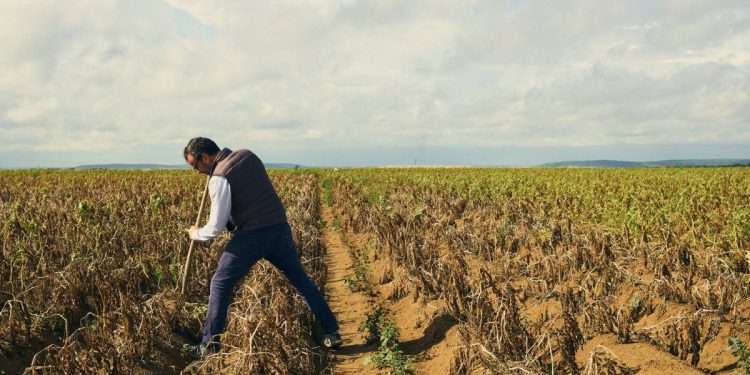In recent times, the south of Europe has experienced scorching temperatures, breaking records and raising concerns about the potential impacts on agricultural yields. From Sardinia to Catalonia and Corsica, temperatures have soared to unprecedented levels, with 46°C in Sardinia, 45.3°C in Catalonia, and 40°C in Corsica. These extreme heatwaves have raised fears of cascading losses in agricultural productivity. Even Mediterranean plants, known for their resilience, have their physiological limits, and prolonged exposure to extreme heat can lead to thermal stress. This stress can significantly disrupt the flowering of crops and vines, resulting in burnt flowers, leaves, and dried-out fruits. Urgent action is required to reevaluate crop distribution in Europe to mitigate the inevitable yield reductions caused by climate change, as pointed out by agroclimatologist Serge Zaka.
Changing Development Stages of Plants due to Rising Temperatures
The general increase in temperatures throughout the year, driven by climate change, disrupts the developmental stages of plants. For instance, the flowering of fruit trees now occurs two weeks earlier than observed 50 years ago. This synchronization of plant sensitivity with climatic risks poses significant challenges. For example, frost in April can occur when some plants are in full bloom, leading to substantial damage.
Violent Short-term Effects of Record-breaking Temperatures
Extreme temperature events, such as those witnessed in southern Europe recently, have severe impacts on vegetation and can result in yield losses. The extent of damage depends on the growth stage of the plants. For instance, olive trees in Andalusia experienced temperatures around 38°C during their flowering period, a critical phase when the tree is most vulnerable. Furthermore, with climate change, species’ geographical distribution is also shifting, leading to additional challenges.
Materialization of Damages on Crops
The damages inflicted by extreme temperatures can vary, from the loss of flowers and leaves to their burning. For instance, tomato and zucchini flowers are vulnerable when temperatures exceed 35°C, and with measurements reaching 45-46°C in Italy and Spain, the damages to flowers become irreversible. Olive trees also suffer as olives dry out and fall prematurely when subjected to extreme heat. The severity of losses depends on the duration and intensity of heatwaves.
Physiological Limits of Plant Species
Different plant species have distinct physiological limits with regard to temperature. For example, while maize grows faster as temperatures increase, there is a threshold beyond which its growth slows down and eventually halts. The maximum growth temperature for maize is around 40°C, while for sugar beet in northern France, it is approximately 35°C. Beyond these thresholds, plants inevitably experience thermal stress, leading to cell death, burnt leaves, and reduced yields.
As temperatures continue to rise due to climate change, the agriculture sector faces numerous challenges in preserving crop yields. Heatwaves and extreme temperatures can cause irreversible damage to plants and significantly impact the availability and prices of fruits and vegetables. Anticipating and adapting to these changes is crucial, and reevaluating crop distribution in Europe can help mitigate the adverse effects of climate change. While some regions may experience increased yields in certain crops, others may face a decline. Investing in research and developing climate-resilient crops and fostering local and international agricultural networks are essential steps to ensure sustainable food production in the face of climate change.








